Deck & Commander Strategies
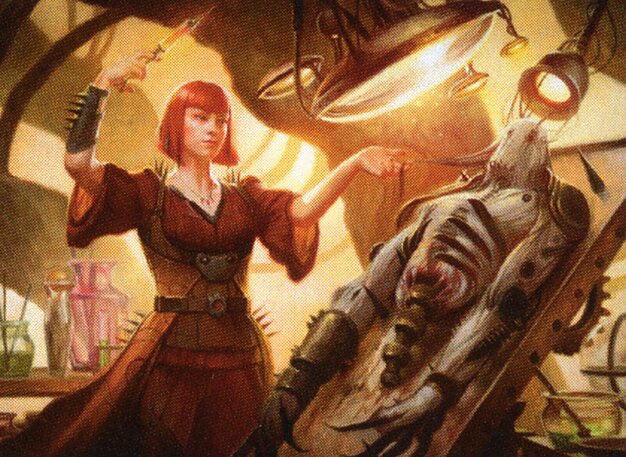
Ashnod, Flesh Mechanist
Ashnod's strategy revolves around playing and sacrificing artifacts to generate value and control the board.
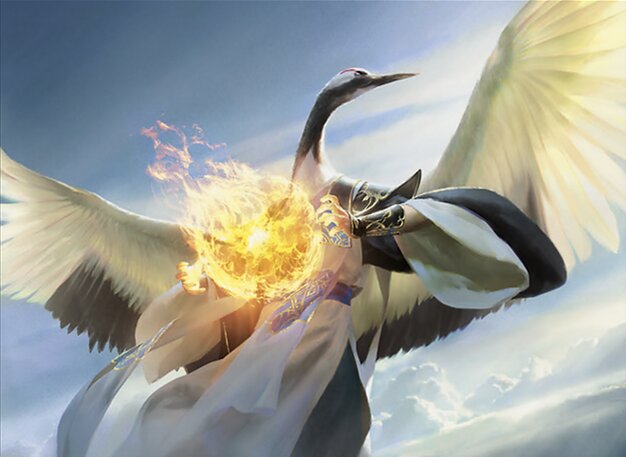
Kykar, Wind's Fury
Kykar's deck aims to cast a lot of spells, generating spirit tokens and using them as resources.
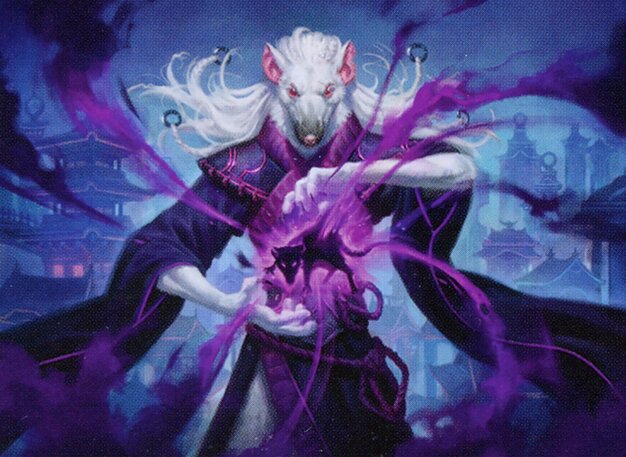
Ashcoat of the Shadow Swarm
Ashcoat's strategy involves filling the graveyard with rat creatures and then recurring them for value and battlefield presence.
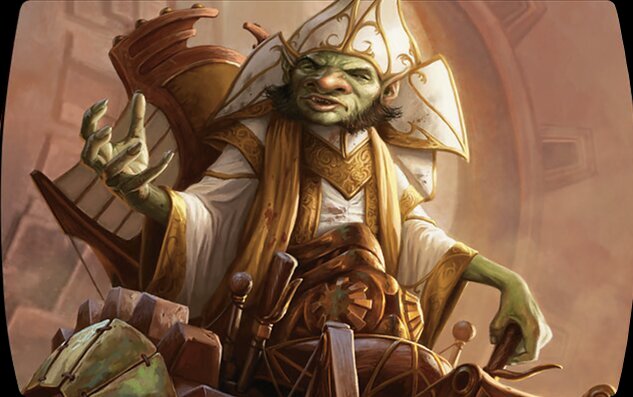
Daretti, Scrap Savant
Daretti's deck focuses on artifact recursion and manipulation, using the graveyard as an extension of the hand.
Gameplay Insights
- 1
The decision to use Decaying Time Loop to refresh the hand twice was a game-changing moment, providing a significant advantage in terms of card resources.
- 2
The use of Ugin, the Spirit Dragon to execute a board wipe significantly shifted the tempo of the game.
- 3
The use of Planar Bridge to fetch Oppression was a decisive play, putting immense pressure on the other players' resources and leading to the victory.
Notable Cards
-
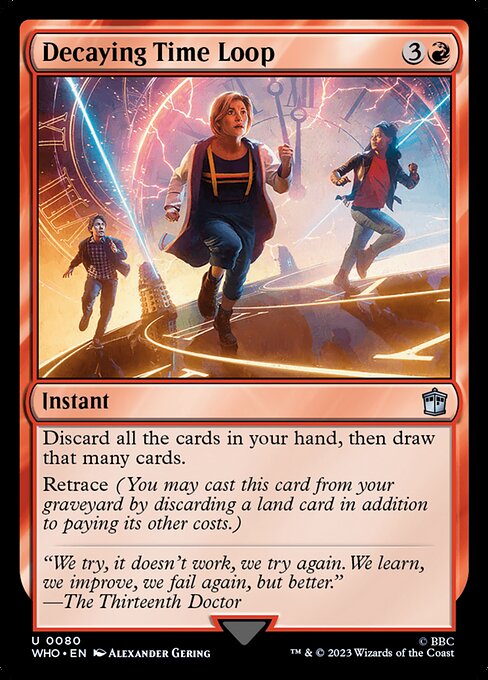
Decaying Time Loop
-
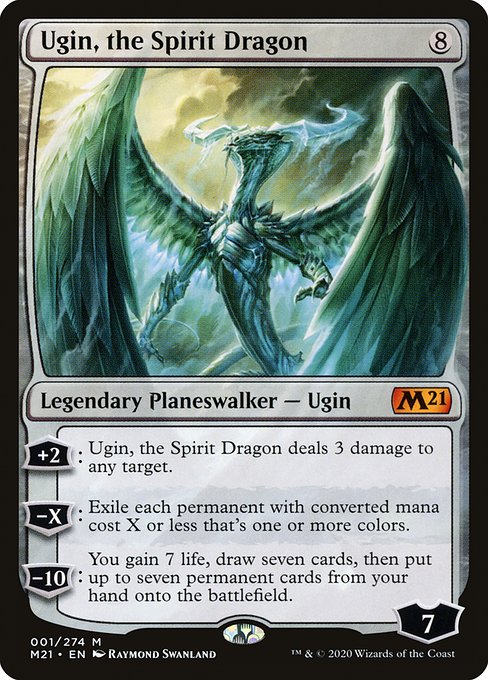
Ugin, the Spirit Dragon
-
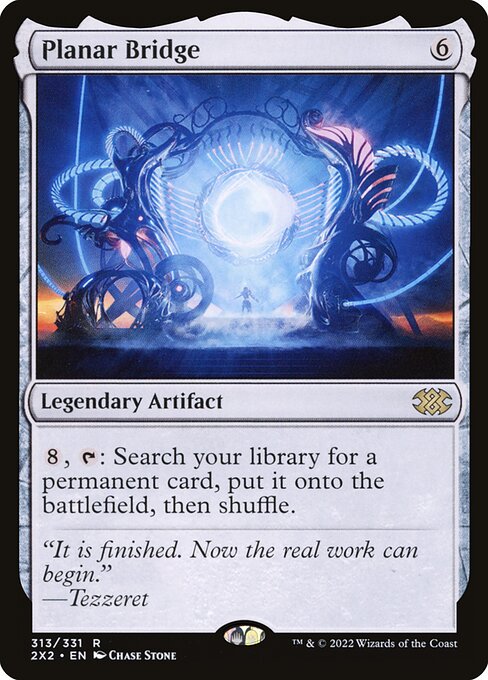
Planar Bridge
-
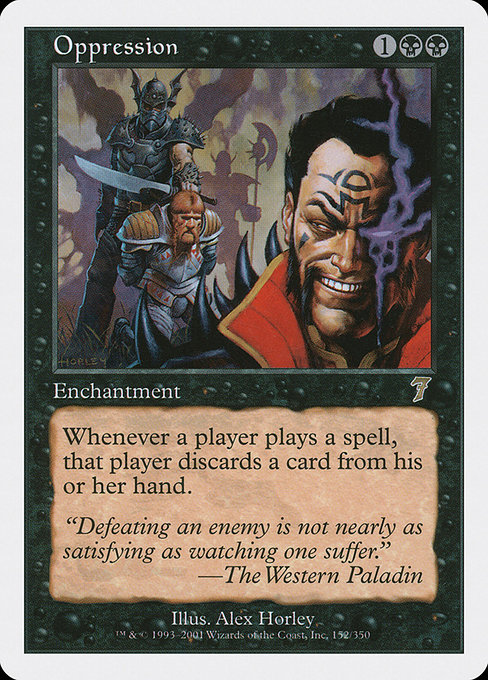
Oppression
-
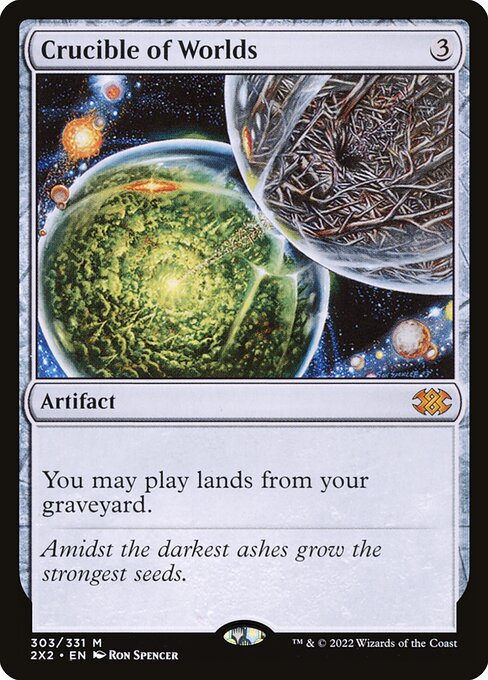
Crucible of Worlds
Gameplay Summary
The game was a highly interactive affair with an array of powerful spells and abilities being used.
The decks were all set up to exploit their commanders, with Ashnod, Daretti, and Ashcoat focusing on artifact and graveyard strategies, while Kykar leveraged the power of spells.
A key turning point came when a player used Decaying Time Loop to refresh their hand twice, generating a significant card advantage.
This was followed by a massive board wipe using Ugin, the Spirit Dragon, further tilting the game in their favor.
However, the game was ultimately decided when a player used Planar Bridge to fetch Oppression, putting immense pressure on the other players' resources and securing the victory.


































